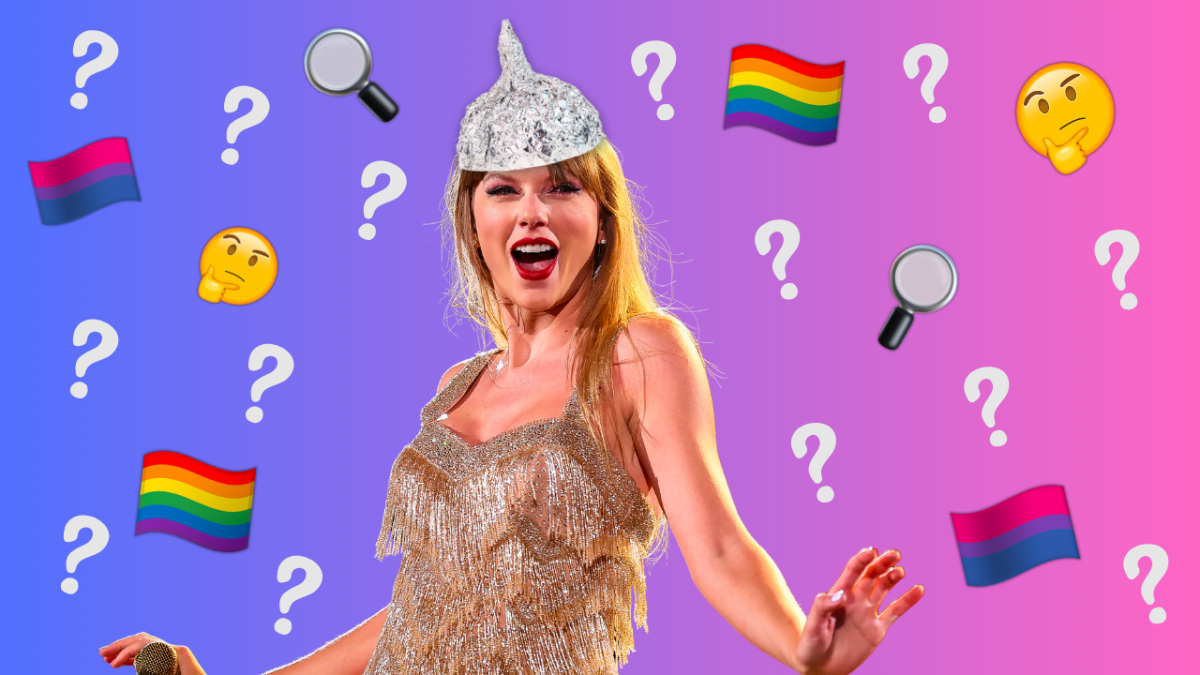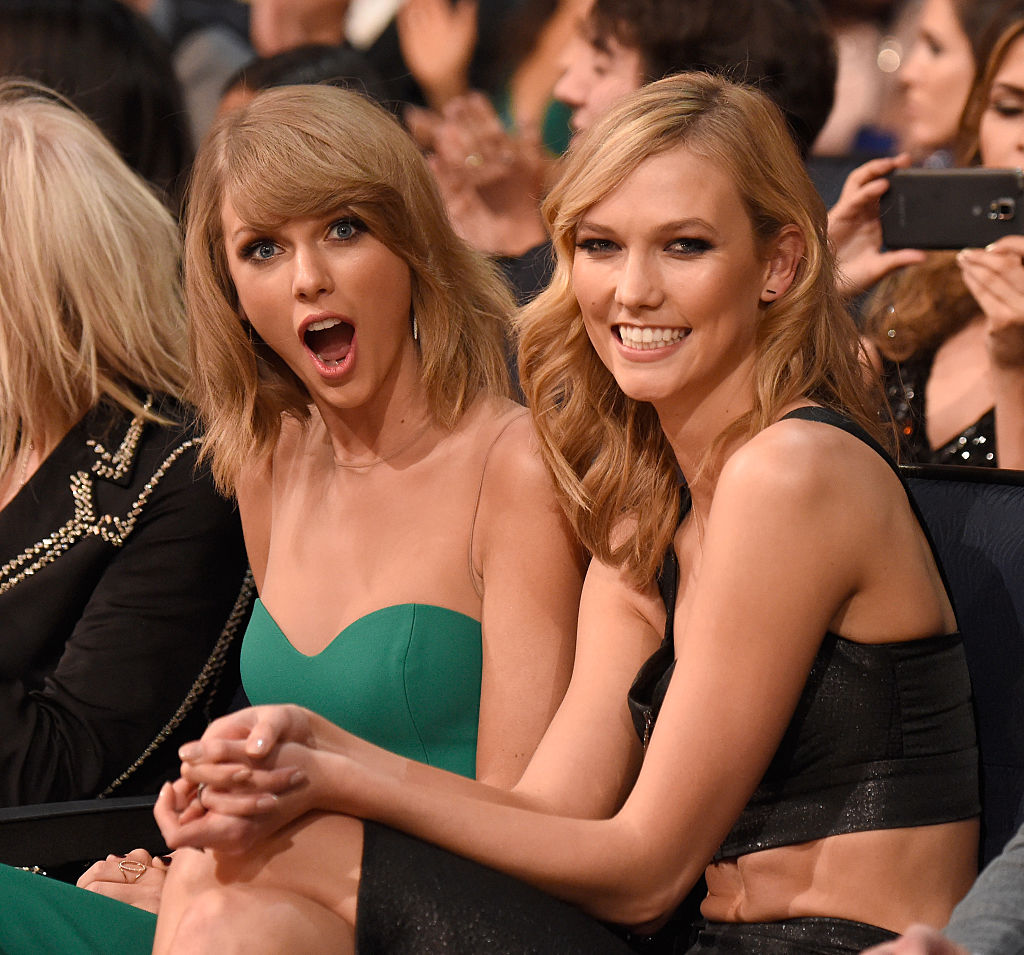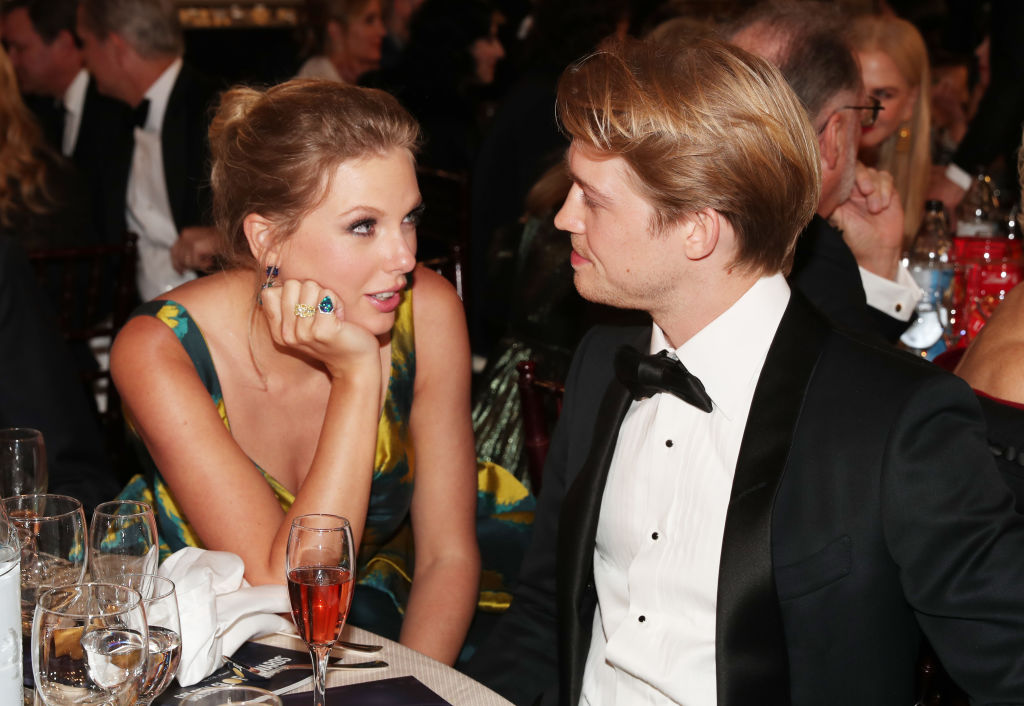
Anyone involved in the Taylor Swift fandom would know about the Gaylors – a fervent section of the Swiftie community who spend their one life on god’s green earth reading queer meaning into her songs. Which is fine, god forbid women have hobbies. But because it’s the internet, it’s also been taken too far.
From the bisexual colouring of the Lover artwork or the song Lavender Haze, to a close-read of the lyrics of Cornelia Street, these fans are able to pull out all sorts of queer meanings from her work. However, many in the Gaylor community do not stop there, and believe that beyond just a queer interpretation, Taylor Swift is actually a queer woman, and it’s clues and hints in her work that prove this.
It goes even deeper than that, with a complicated tapestry of queer conspiracy, linking her to relationships with people like Karlie Kloss and Dianna Agron, and even theorising that her high profile relationships with men were publicity stunts. This is where the community takes a turn to the Qanon, into rabid conspiracy theory.

Gaylors are having a weird moment in the sun of public opinion, after the New York Times published a 5000 word opinion piece called Look What We Made Taylor Swift Do. The essay created a storm of controversy, with many Gaylors pleased at having what essentially amounts to a conspiracy theory “validated” by a high profile publication, and other fans furious about the perceived intrusion into Taylor Swift’s personal life.
Much like any conspiracy theory, the more scrutiny it gets, the more proponents dig in. There’s a viral Tweet going around from a Gaylor, who says in response to a critical statement from Taylor Swift’s team about the NYT article: “you’re still gay and that’s FINAL”, which is a good indication of the level of discourse, of its shift in conspiracy theory. You can’t reason with conspiracy theorists.
You’re still gay and that’s FINAL.
— JP (@jpbrammer) January 7, 2024
It’s a love story
As the NYT essay outlines, the practice of interpreting queer messages in art has a long and sadly understandable history, due to this apparently BONKERS desire by the LGBTIQA+ community to want to see themselves and their stories on screen.
Proper queer representation has only been a relatively recent phenomenon, and it’s been an almost celebrated pastime of the queer community to claim heterosexual stories as our own. It’s usually innocuous – Kylie Minogue is a gay icon, and her music is the official soundtrack for gay men of a certain generation, but she’s not queer herself. She’s been adopted. There’s a similar narrative around Carly Rae Jepsen that’s even more recent – she’s for the gays and theys, but that doesn’t mean she’s part of us, or that she should be required to be.
There’s also a long history of looking for queer representation where it doesn’t exist – the Tumblr era was obsessed, in much the same way as Gaylors, with the shows Supernatural and Sherlock, theorising and projecting a queer relationship between various of the male characters. You could even say that this practice created the fandoms of today, for better or for worse (probably worse).
It’s pretty harmless, to be honest. But where it gets messy is when real people are involved – the shift from reading queer messaging, queer themes in Taylor Swift’s work to believing Taylor Swift is not only queer, but hiding it, is where the trend becomes problematic.
Art can be read as queer, but when it comes to people, the golden rule should be minding your own business.
Wildest Dreams
This impulse to project queerness on people is kind of like a non-consensual queer pride parade, where people are forcibly marched through the street and told they’re valid. All sorts of celebrities recently have been the victims of queer speculation and in turn harassment – from Shawn Mendes to Harry Styles to Billie Eilish.
The fact that some of these celebrities have or might come out is besides the point – coming out is everyone’s own business, and no fan has the right to demand that someone comes out. Recently, Heartstopper star Kit Connor was harassed so much by his “supportive” fanbase that he was “forced” to come out as bisexual.
““i’m bi. congrats for forcing an 18 year old to out himself. i think some of you missed the point of the show. Bye,” the star posted online,
There are a lot of reasons why fandoms insist on celebrities coming out – in Kit’s case, it was allegations of “queerbaiting”, the practice of promising queer storylines or queer art in order to draw a queer audience in, but then not delivering upon it. He was accused of queerbaiting because on Heartstopper, he was playing a bisexual teen struggling to come out – and ironically, the fans felt entitled to whether he himself was queer and worthy of playing this character.
Heartstopper’s Kit Connor comes out as bisexual, saying he’s forced to come out after accusations of queer-baiting. pic.twitter.com/aBhkSuX636
— Pop Base (@PopBase) October 31, 2022
Many people have begun to consider actors playing queer characters, when they aren’t queer themselves, as a kind of particularly egregious queerbaiting. Gay for pay, as it’s known – and while that comes from a very real concern of queer actors not being cast for queer parts, it doesn’t mean we have an entitlement to knowing their private sexuality.
It’s created a tradition of fandoms feeling emboldened to search for clues about a celebrity’s queerness – a whole bunch of online sleuths, obsessed with proving that a star is either queer or problematic.
I KNEW You Were Trouble
While Kit Connor’s situation is an example of how toxic this gay sleuthing can be – forcing a teen out, publicly, is deeply disturbing – speculation of Taylor Swift’s sexuality is mostly just a sign of how entitled fans are to her life. If she was to ever come out, it would be in spite of her fans – not because of them. Again, everyone needs to mind their own business.
However, I will say that if there was ever one star that was almost guaranteed to push this trend into a conspiracy theory, it’s Taylor Swift.

I don’t think it absolves the hardcore Gaylor fandom – but I do think it’s eminently understandable. Taylor Swift not only has a long history of writing about her real life romances – songs about dating Harry Styles, Jake Gyllenhaal, Joe Alwyn – but she’s trained her fans to look for clues about release dates and special features. Her lining notes were full of easter eggs, the date and time of her announcements often pointing towards particular meaning.
“I think the first time that I started dropping sort of cryptic clues in my music was when I was 14 or 15, putting together my first album,” she told Jimmy Fallon once.
From liner notes to entire videos, she’s been completely open about the joy she takes leaving hints and messages hidden in plain sight. “Literally the whole video is just an Easter egg,” she said to Entertainment Weekly about a teaser for her album Reputation.
Along with this, she’s managed to rise to the top of her game through a mixture of potent talent and incredibly smart marketing and fan engagement. She’s created a perfect storm, an entire generation of fans trained to scrutinise her every move. Is it any wonder that the trend of queer conspiracy theories has hit her the hardest?
It’s A Conspiracy, Just Say Yes
Most Taylor Swift fans and even most Gaylors are not at the point engaging with conspiracy theory thinking – many have decried the intrusive nature of these theories and the rabid demand that Taylor Swift reveal her sexuality.
A conspiracy theory often shares traits with something like faith – these fans create their entire identity around believing something with no evidence, and the more pushback they get, the more firm they become. Disbelief validates them, and forms the basis of their community. They become more certain the more isolated they are.
Ultimately, even the most deranged of Gaylor fans aren’t really worth worrying about, but it does set a precedent that people – and celebrities, who are sometimes still considered people – owe other people expressions of their sexuality, that groups of people can gatekeep queer identity. This is the danger.
Taylor Swift and her billions of dollars will be most likely fine, but the closeted teen being forced to come out before they’re ready might not be.



